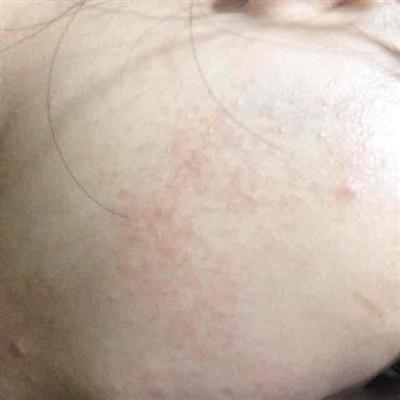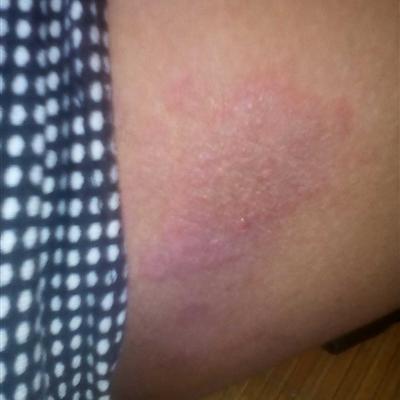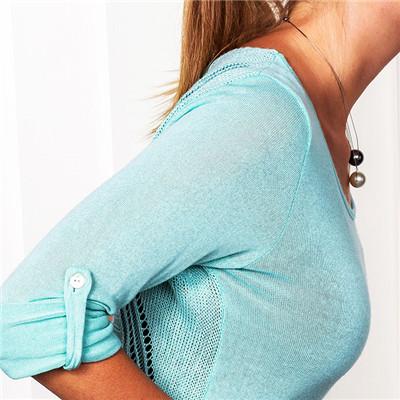How to check gallbladder polyps
summary
There is no doubt that B-ultrasound is the preferred examination method for gallbladder polyps, which plays a very important role in the diagnosis of gallbladder polyps. In addition, three-dimensional ultrasound imaging can make up for some shortcomings of two-dimensional imaging, and it is also a common examination method for gallbladder polyps. Endoscopic ultrasound can observe the relationship between polypoid lesions and gallbladder wall, which is helpful for differential diagnosis. Gallbladder polyps how to check with you.
How to check gallbladder polyps
First: B-ultrasound is the most widely used method in the examination of gallbladder polyps, which is easy to be accepted by patients because of its advantages of non-invasive. The size, location, quantity of polyps and the condition of gallbladder wall can be accurately displayed by B-ultrasound. Clinical investigation showed that the detection rate of B-ultrasound for gallbladder polyps was 92.7%, the specificity was 94.8%, and the false positive was 5.2%. The detection accuracy of B-ultrasound was significantly higher than that of CT, and it could clearly show the location, size, number of polyps and the changes of local gallbladder wall. It was a simple and reliable method for the examination of gallbladder polyps.

Second, three-dimensional ultrasound imaging three-dimensional ultrasound imaging can make the gallbladder have a three-dimensional sense, have the effect of looking directly at the gallbladder section, can make up for some shortcomings of two-dimensional imaging, is a common examination method of gallbladder polyps. This method can not only observe the size and shape of gallbladder polyps, but also distinguish the relationship between polyps and gallbladder wall. Especially in the posterior wall of gallbladder polyps, two-dimensional imaging can not clearly distinguish whether there is pedicle, as well as the range and depth of pedicle and gallbladder wall adhesion, three-dimensional ultrasound imaging can better solve the above problems.

Third: endoscopic ultrasound (EUS) the examination method is to place the ultrasound micro probe at the top of the endoscope, the probe is high frequency, insert the endoscope into the digestive tract, after entering the duodenal ampulla, the probe is closer to the gallbladder, which can reduce the interference or the influence of bile viscosity. Most of the early gallbladder cancer develops under the cover of stones and polyps. It is difficult to identify the early gallbladder cancer because of the lack of characteristic sonographic findings. EUS examination can observe the relationship between polypoid lesions and gallbladder wall, which is helpful for differential diagnosis.

matters needing attention
The above are three common gallbladder polyp examination methods, I hope to help you understand the gallbladder polyp examination. Remind everyone that once suffering from gallbladder polyps, we must go to the regular hospital for treatment in time, so as not to delay the disease.
















